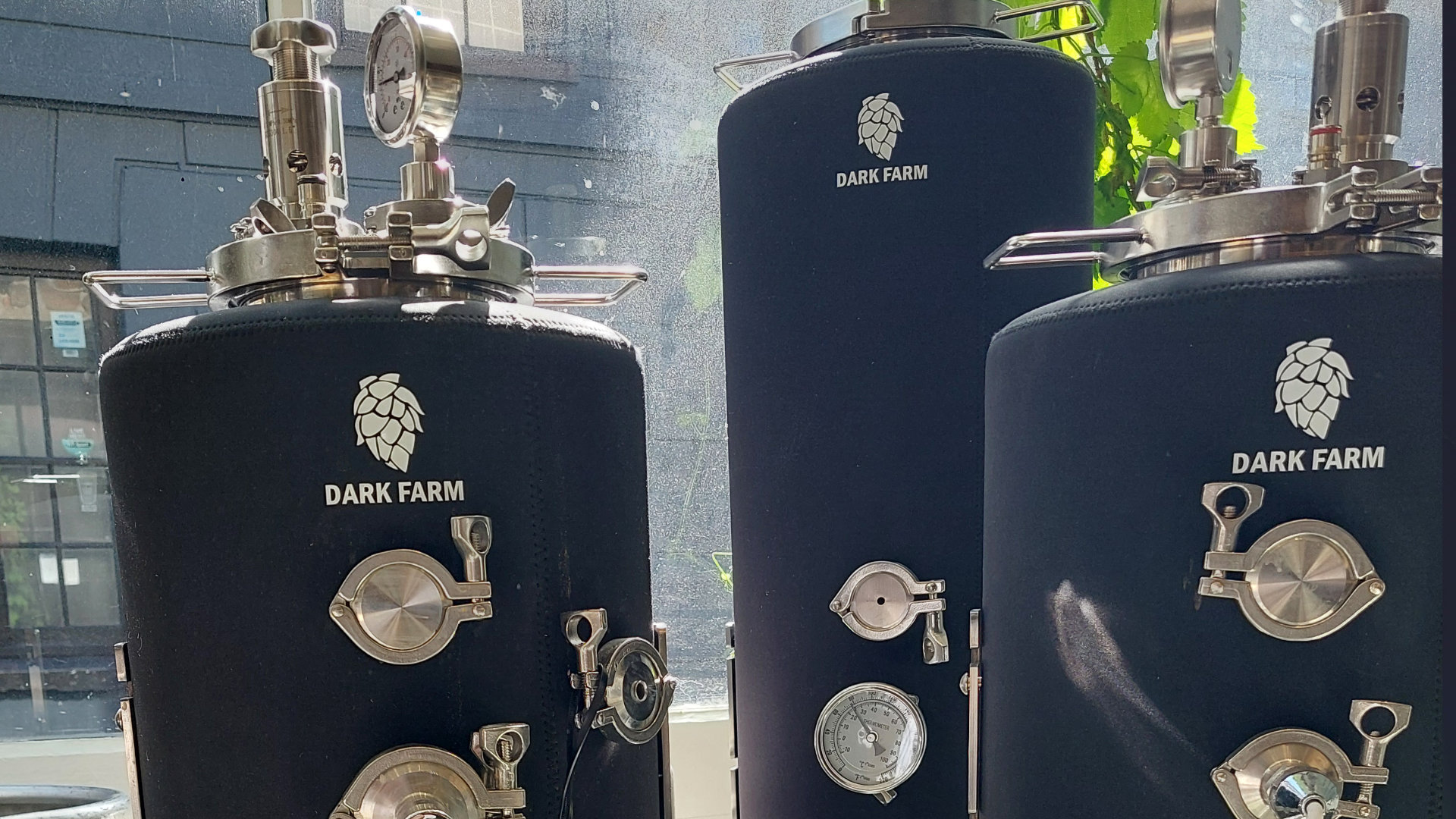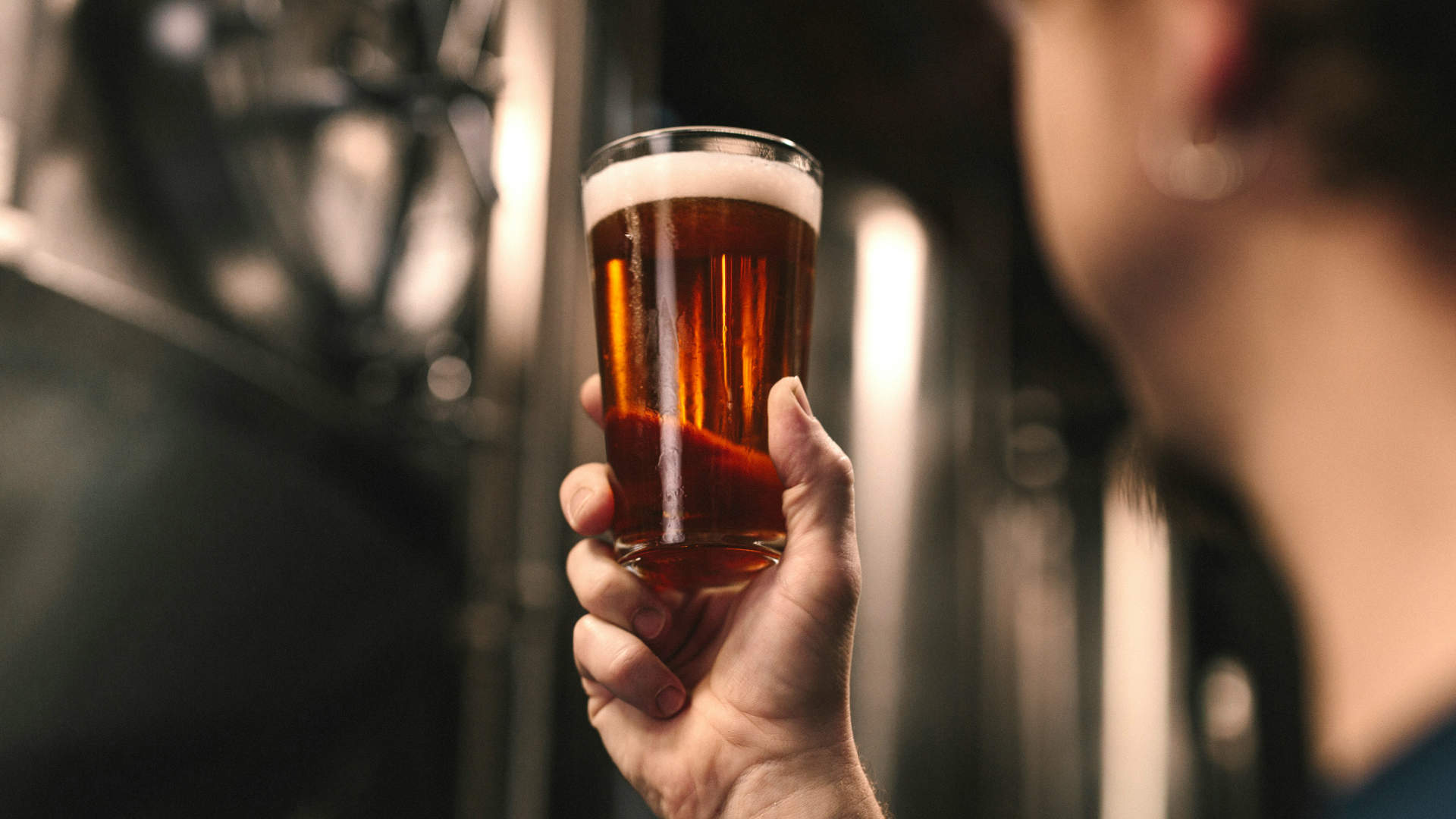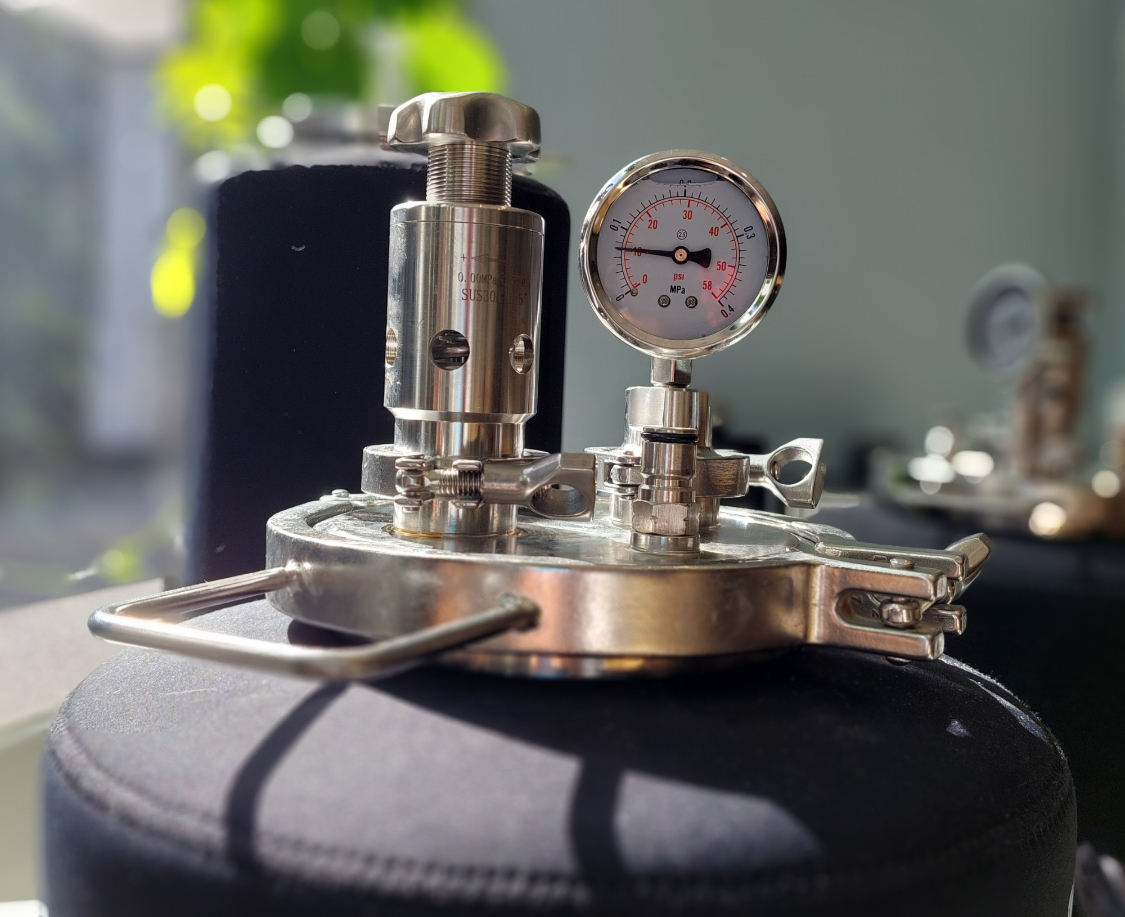One of things I enjoy about homebrewing is that, on one hand you can craft great beer from very simple methods, on the other hand, you can try out more advanced techniques to refine your brews. If you like to dabble, and are interested in how things work, the science behind brewing can be satisfying to delve into. One area that it particularly useful to try is the multi-step mash.
WHAT IS STEP MASHING?
A quick refresher if you’re new to all grain brewing: mashing is the first step of the brewing process. This is when you steep crushed malted grains in water. The resulting porridge-like mixture is called the ‘mash’. During this stage, starches in the malts are converted into fermentable sugars. Single infusion mashing is when you mash in with strike water heated to a specific temperature (usually slightly above your target mash temperature) and allow the grains to steep at a maintained mash temperature for 30-90 minutes. This is a nice and simple method to use, especially when you start out brewing.
Another option is multi-step mashing. This process consists of carefully controlled temperature rests, each serving a distinct purpose in breaking down complex carbohydrates and activating enzymes. These steps are crucial in determining the overall flavour, body and mouthfeel of your beer.
While our modern well-modified malts technically make a multi-step mash unnecessary, by understanding the science behind these steps and their impact on different beer styles, you can elevate your results and gain better control over the characteristics of individual beers. Let’s take a look at the intricacies of these steps and resting periods, to explore the temperature variations, flavour implications and their significance in brewing different types of beer.
UNDERSTANDING THE MASH STEPS
Beta Glucan Rest (40°C - 48°C): The beta glucan rest aids in breaking down the sticky beta glucan compounds found in certain malts, enhancing lautering efficiency and preventing a stuck mash. This rest is commonly employed in brews featuring a higher percentage of adjunct grains.
Protein Rest (45°C - 55°C. Ideal temp is 50°C): The protein rest, typically found in traditional German beer styles such as Hefeweizens or Weissbiers, promotes protein degradation, leading to improved clarity and stability in the final beer. This rest is typically held at a lower temperature for about 15-30 minutes. Avoid resting for longer than 30 mins as this can reduce head retention.
Saccharification Rest (65°C - 70°C): The saccharification rest represents the heart of mashing, allowing the enzymatic conversion of starches into fermentable sugars. This temperature range activates both alpha and beta amylase enzymes, resulting in a mix of fermentable and unfermentable sugars, impacting the beer’s body and sweetness.
Mash Out (75°C - 80°C): The mash out step halts enzymatic activity, thereby preserving the fermentable sugar profile, and makes your wort more fluid, making it easier to extract and rinse the sugars during the sparge process. It also sterilises the mash, reducing the risk of potential contamination.
Different mash steps and resting temperatures contribute to a wide array of flavours, textures and characteristics. Here are a few examples:
Light-bodied Beers:
For beers like Pilsners or Blonde Ales, a lower mash temperature around 65°C results in a highly fermentable wort, yielding a drier, crisper finish, and lighter body. This enzymatic activity enhances the perception of hop bitterness. Your schedule might look like this:
1. Protein rest: 50°C, 30 mins
2. Saccharification rest: 65°C, 30 - 40 mins
3. Mash out: 75°C, 5 - 10 mins
Medium-bodied Beers:
For beers like Pale ales APAs, the best of both worlds, adding a couple more steps provides you with a well balance brew. Your schedule might look like this:
1. Protein rest: 50°C, 30 mins
2. Saccharification rest: 64°C, 10 mins
3. Increase to 68°C, 30 mins
4. Mash out: 75°C, 5 - 10 mins
Full-bodied Beers:
To create robust, full-bodied beers, mash temperatures in the range of 68°C - 70°C are ideal. These temperatures encourage the production of more unfermentable sugars, resulting in increased sweetness and a fuller mouthfeel. Beers like Stouts, Porters, and Barley Wines often utilise higher mash temperatures. Your schedule might look like this:
1. Protein rest: 50°C, 30 mins
2. Saccharification rest: 65°C, 10 mins
3. Increase to 68°C, hold for 30 mins
4. Mash out: 75°C, 5 - 10 mins
Malty Beers:
For malt-forward brews like Scottish Ales or Bocks, using a stepped mash technique with rests at various temperatures can enhance the maltiness. A lower initial rest around 55°C helps promote the breakdown of proteins, while a subsequent rest at 65°C encourages the formation of dextrins, adding body and sweetness.
TIPS
If you’re using a brew kettle or mash tun, you can simply turn up the heat to achieve the next step in your schedule. Make sure you stir the mash when heating to avoid scorching!
If you’re not using a vessel with a direct heat source, you will be adding hot water to your mash to reach the target mash temperature. Look up a mash infusion calculator online to see how much you should be adding.
Be mindful that at the resting stages your mash temperature will drop, so you might need to compensate for the difference. But if it’s only a few °C difference, then you should be fine. More than 5°C could impact your final result, but it won’t ruin your wort.
To help with these stages I find a temperature controller useful (see pg 51). If you’re starting out and you don’t have one, don’t worry - give it a go anyway. I always strive for progress over perfection in my brewing.




